
RE2 Robotics is marking its 20th year in business with the launch of its newest robotic arm, the RE2 Sapien 6M. The milestone marks two successful decades of innovation and growth for the company in the robotics industry.
The RE2 Sapien 6M robotic arm is currently being used in several active robotics initiatives by commercial and defense customers who require a mobile outdoor-rated arm able to perform complex tasks. Specific applications include aviation maintenance, solar field construction, and aerial work across multiple industries.
The 6M robotic arm includes embedded intelligence, integrated arm control, a maximum payload of 50 kg, and a design that can withstand extreme temperatures and environmental conditions. The arm has six degrees of freedom, including continuous wrist and elbow roll joints, which enable precise manipulation and placement of objects.
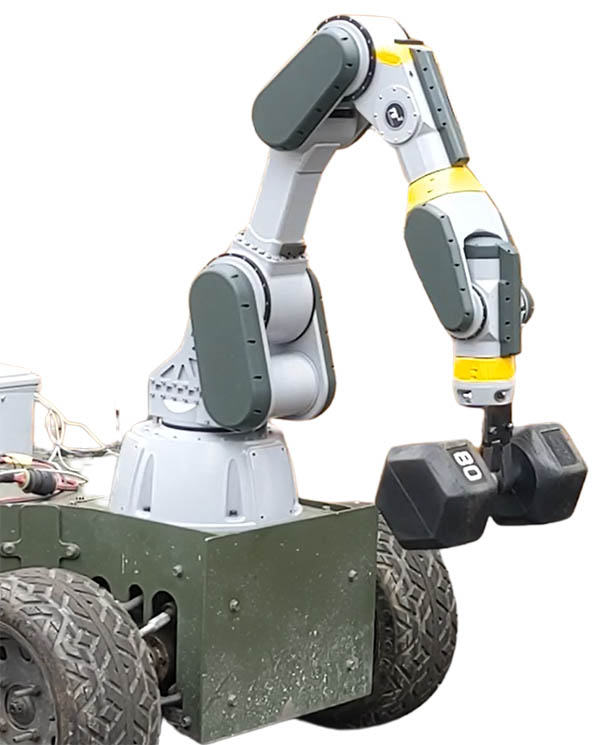
RE2 Robotics Sapien 6M robotic arm.
Compatible with RE2 Detect and RE2 Intellect, the RE2 Sapien 6M enables autonomous mobile manipulation in both structured and unstructured environments. For applications that still require human intellect to perform a complicated task, the RE2 Sapien 6M arm can be tele-operated with the RE2 Imitative Controller.
“Our goal is to develop human-like robotic arm solutions that improve operational efficiencies, worker safety, and overall productivity for our customers. The RE2 Sapien 6M robotic arm is a leap-ahead technology that will support our customers’ complex applications across multiple markets,” said RE2 Robotics founder Jorgen Pedersen.
“It is exciting to see how RE2’s technology has evolved from unmanned ground vehicles and teleoperation to the creation of truly intelligent mobile manipulation systems, such as the RE2 Sapien 6M,” said Keith Gunnett, chief technology officer and one of RE2’s original employees. “While there are still applications that require direct teleoperation, our talented engineering teams are developing supervised autonomous systems that are powered by machine learning and artificial intelligence.”
RE2 was founded on July 20, 2001 as a defense subcontractor. Since its founding, RE2 has shipped more than 650 robotic arms to customers worldwide and received $3.75 million in investment. To date, the company has created robotic systems for more than 100 customers and received more than $75 million in funding from the Department of Defense.
“We have come a long way since our days as an engineering services lifestyle company,” said Pedersen. “I look forward to seeing what the next decade brings for the amazing team at RE2 Robotics.”
Pedersen and Travis Schneider, business development manager of RE2 Robotics, recently joined The Robot Report Podcast to discuss the evolution of the company. RE2 was focused nearly 100% on defense work in 2016, but now the defense sector accounts for less than one-third of its business. We also discussed RE2 Robotics’ new Sapien line of intelligent robotic arms. The arms, which were originally engineered for the rugged requirements of the U.S. military, can operate in both structured and unstructured environments. You can listen to that podcast below.
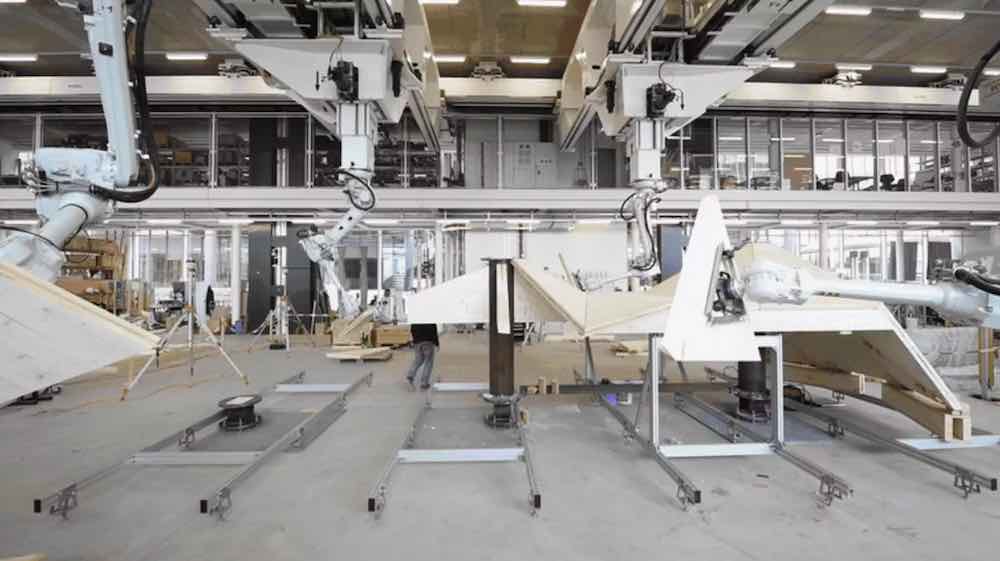
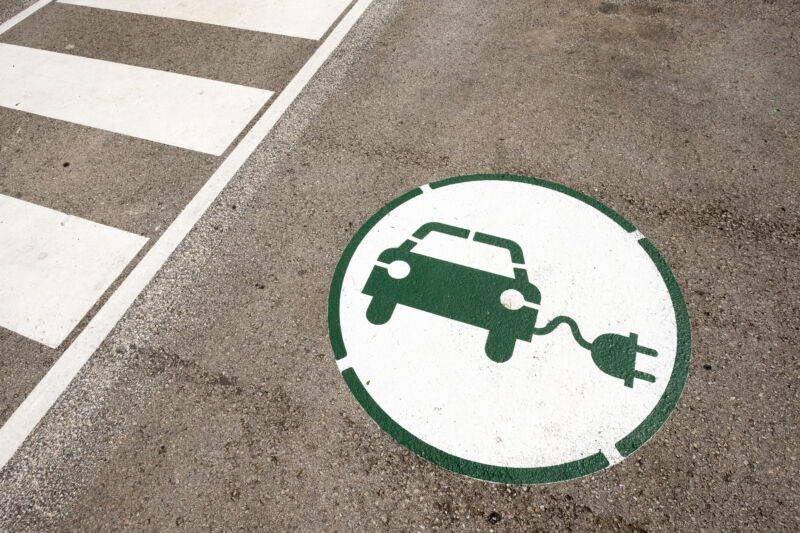
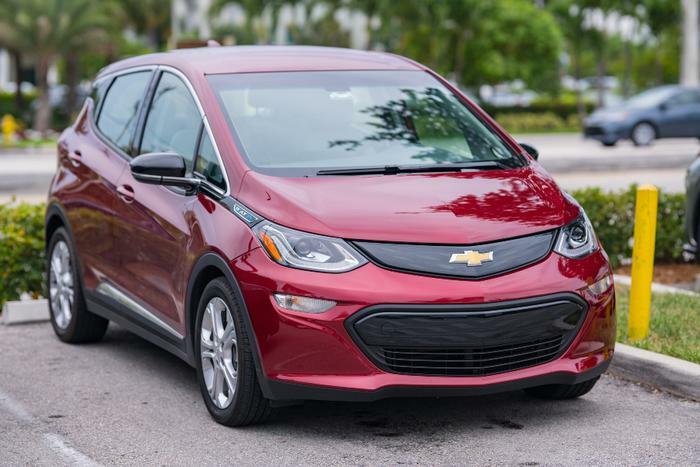
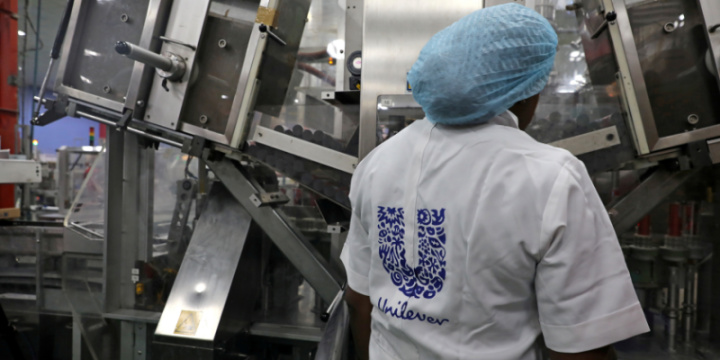


 Newsletter
Newsletter
:quality(70)/cloudfront-eu-central-1.images.arcpublishing.com/thenational/YMSIDEP6YIQ5WJXZBRX74L4XBQ.jpg)
:quality(70)/cloudfront-eu-central-1.images.arcpublishing.com/thenational/PJE6NNGEXD6XTBHDMRW5AMA6UM.jpg)
:quality(70)/cloudfront-eu-central-1.images.arcpublishing.com/thenational/P4TXCDBV6K2CNYGGHDS5IY4WKQ.jpg)

